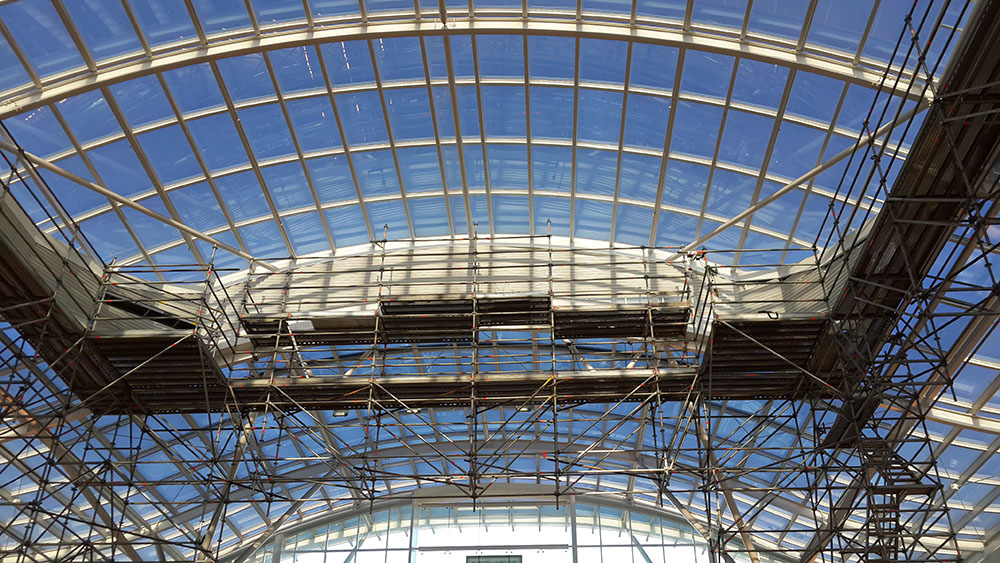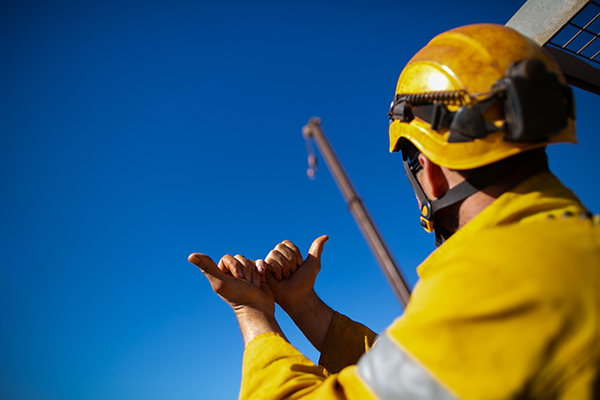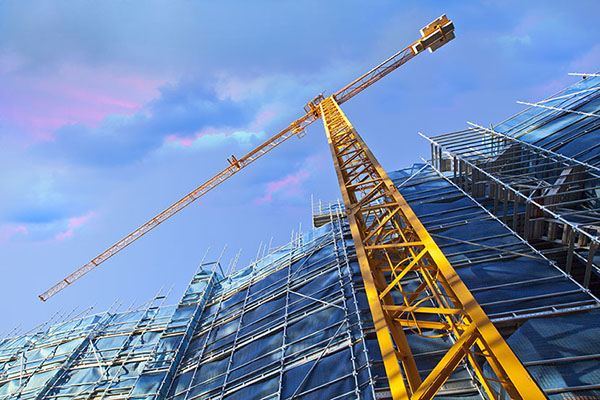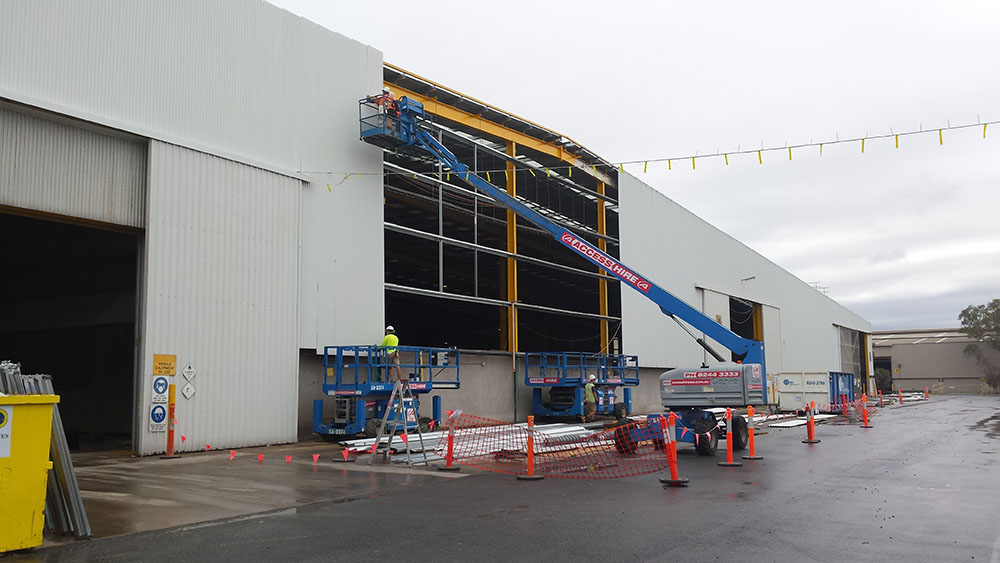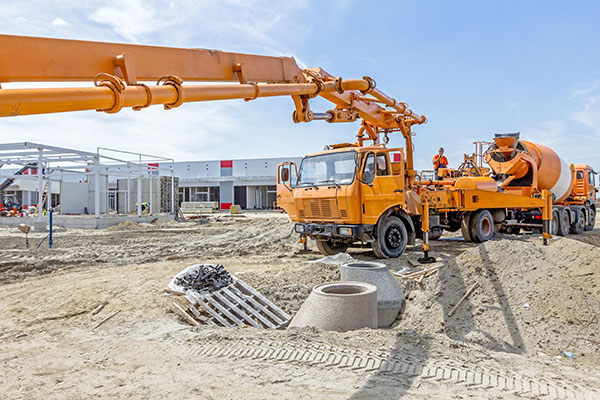High Risk Construction Work
You must prepare, keep, comply with and review a safe work method statement for high risk construction work.
To be able to carry out construction work, a person must complete an introductory safety training course called ‘general construction induction training’. This is also commonly known as ‘white card’ training.
High risk construction work:
- involves a risk of a person falling more than 2 m
- is carried out on a telecommunication tower
- involves demolition of an element of a structure that is load-bearing
- involves demolition of an element of a structure that is related to the physical integrity of the structure
- involves, or is likely to involve, disturbing asbestos
- involves structural alteration or repair that requires temporary support to prevent collapse
- is carried out in or near a confined space
- is carried out in or near a shaft or trench deeper than 1.5 m or a tunnel
- involves the use of explosives
- is carried out on or near pressurised gas mains or piping
- is carried out on or near chemical, fuel or refrigerant lines
- is carried out on or near energised electrical installations or services
- is carried out in an area that may have a contaminated or flammable atmosphere
- involves tilt-up or precast concrete
- is carried out on, in or adjacent to a road, railway, shipping lane or other traffic corridor in use by traffic other than pedestrians
- is carried out in an area of a workplace where there is any movement of powered mobile plant
- is carried out in areas with artificial extremes of temperature
- is carried out in or near water or other liquid that involves a risk of drowning
- involves diving work
High Risk Work Licence (HRWL)
In Australia, a High Risk Work Licence (HRWL) is required to perform certain types of work that are considered hazardous under the Work Health and Safety (WHS) Regulations. These licences are issued by the relevant state or territory Work Health and Safety regulator (e.g., SafeWork NSW, WorkSafe VIC, etc.) and are nationally recognised.
High Risk Work Licence classes
The following work activities require a High Risk Work Licence:
Scaffolding Work
Basic (SB) – Includes modular or prefabricated scaffolds up to 4 metres.
Intermediate (SI) – Includes cantilevered and spur scaffolds.
Advanced (SA) – Includes hung scaffolds and suspended scaffolds.
Dogging and Rigging Work
Dogging (DG) – Applying slinging techniques and directing crane operators.
Basic Rigging (RB) – Includes dogging + structural steel erection, hoists, and placement of precast concrete.
Intermediate Rigging (RI) – Includes rigging of cranes, conveyors, and dredges.
Advanced Rigging (RA) – Includes rigging of gin poles and flying foxes.
Crane and Hoist Operation
Tower crane (CT)
Self-erecting tower crane (CS)
Derrick crane (CD)
Bridge and gantry crane (CB)
Vehicle loading crane (CV) – with 10 metre-tonne capacity or more.
Non-slewing mobile crane (CN) – over 3 tonnes.
Slewing mobile crane (C2, C6, C1, C0):
C2 – up to 20 tonnes
C6 – up to 60 tonnes
C1 – up to 100 tonnes
C0 – over 100 tonnes
Materials hoist (HM)
Personnel and materials hoist (HP)
Forklift Operation
Forklift truck (LF) – Includes counterbalanced forklifts.
Order picking forklift (LO) – Where the operator controls movement from a platform.
Pressure Equipment Operation
Standard boiler operation (BS) – Limited to boilers with straightforward operations.
Advanced boiler operation (BA) – Includes fully automatic and unattended boilers.
Turbine operation (TO)
Reciprocating steam engine operation (ES)
Licensing is also required for:
Elevating work platforms over 11 metres (WP)
Concrete placing booms (PB)
Important Notes:
A HRWL is required only when the equipment or activity meets the threshold defined in the WHS regulations, such as:
Height limits (e.g., EWP over 11m)
Load limits (e.g., vehicle loading cranes ≥10m-tonne)
Complexity of work (e.g., scaffolding types)
Training and assessment must be completed through a Registered Training Organisation (RTO) before applying for the licence.
Licences are valid for 5 years and must be renewed through your local WHS regulator.
